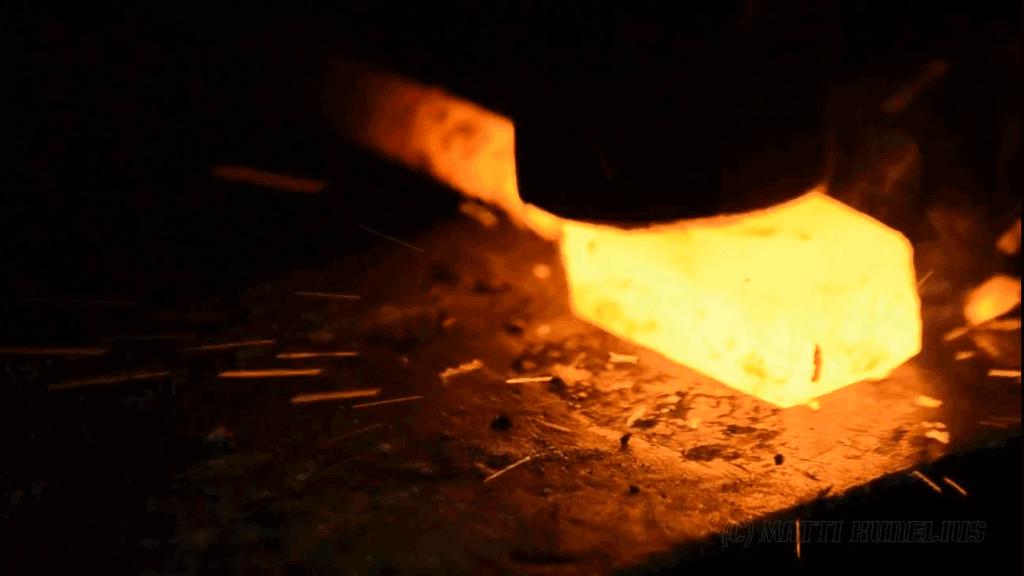
Forging is a process where we use tools or molds to apply force to a piece of metal. This force, whether it's from an impact or static pressure, causes the metal to change shape - it undergoes what we call 'plastic deformation’. This process changes the size, shape, and properties of the metal, allowing us to create mechanical parts or rough drafts of parts. Some people also refer to this process as 'forging and pressing'.
One of the great things about forging is that it refines the grain of the metal and makes the structure denser. It can also create what we call 'forging flow lines', which can improve the mechanical properties of the metal.
Another advantage of forging is that it’s efficient and saves materials. That’s why it's such an important part of metal heat processing.
Here's a detailed rundown on some handy tips and tricks about ring rolling, open-die forging, and free forging. Hopefully, you'll find it helpful.
Ring rolling is a process where a ring piece is continuously and locally deformed by a ring rolling machine. This results in a thinner wall, larger diameter, and shaped cross-section. The unique thing about ring rolling is that the tool rotates, and the deformation is continuous, meaning it’s essentially rolling a ring-shaped workpiece. When expanding the hole through ring rolling, the amount of pressure applied is usually small, which results in surface deformation.
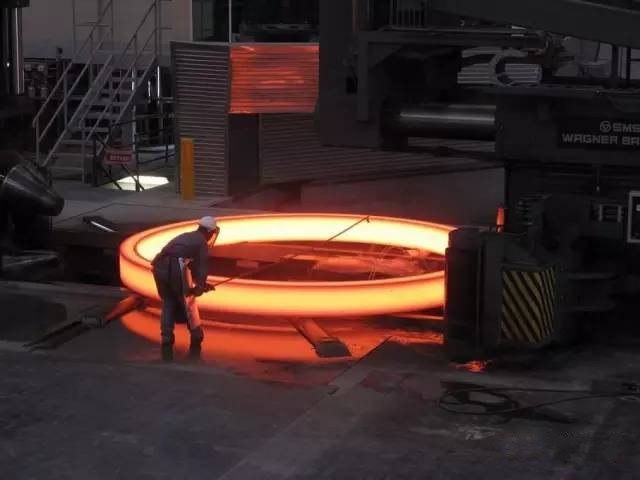
Ring rolling is a continuous local shaping process that combines rolling technology and mechanical manufacturing techniques. Compared to traditional free forging, die forging, and flame cutting processes, it has significant technical and economic advantages:
Ring Rolling Features:
Ring rolling is suitable for producing various shapes and sizes of bad parts or blanks made of various materials. It is increasingly used in many industrial fields such as machinery, automobiles, trains, ships, petrochemicals, aerospace, energy power, etc. The materials for the rings are usually carbon steel, alloy steel, aluminum alloy, copper alloy, titanium alloy, cobalt alloy, nickel alloy, etc. Common ring rolling products include bearing rings, gear rings, flange rings, train wheels and hoops, gas turbine rings, collector rings, high-pressure switches, wind power towers, etc.
High precision, less machining allowance, and high material utilization. The geometric precision of hot-rolled rings is comparable to die forgings, with minimal billet punching and no non-metallic material consumption. Compared to free forging, ring rolling greatly improves precision, reduces machining allowance, and eliminates the polygonal shape from free forging and mandrel hole expansion.
Good structural performance of the ring. The internal structure of the ring rolled part is dense, with fine grains and fibers arranged in the circumferential direction. The streamline distribution is reasonable, and its mechanical strength, wear resistance, and fatigue life are significantly higher than other forged and machined rings.
Lower equipment tonnage, less investment, and a wide processing range. Ring rolling achieves ring forming through the accumulation of local deformation. Compared to overall die forging deformation, the rolling deformation force is greatly reduced, thus significantly reducing equipment tonnage and investment. The size range of rings processed by general ring rolling equipment is large, with the maximum and minimum diameters differing by 3-6 times, and the maximum and minimum weights differing by several tens of times.
High production efficiency. The sticking speed of ring rolling equipment is usually 1-2mm/s, and the ring rolling cycle is generally about 10s. The minimum cycle has reached 3.6s, and the maximum production rate has reached over 1000 pieces, which is much higher than free forging and die forging production rates.
Low production cost. Ring rolling has the comprehensive advantages of high material utilization, less machining time, low production energy consumption, and long hole rolling die life, resulting in lower production costs.
Good working conditions. Ring rolling is similar to static pressure rolling, with basically no impact, low vibration, low noise, easy operation, high degree of mechanization and automation, and significantly reduced labor intensity.
Die forging is divided into open-die forging and closed-die forging. The metal billet is deformed under pressure in a die cavity of a certain shape to obtain a forging. Die forging is generally used for producing parts that are not very heavy but are produced in large quantities. Die forging can be divided into hot die forging, warm forging, and cold forging. Warm forging and cold forging represent the future development direction of die forging and also represent the level of forging technology.

Open-die forging is the simplest forging process. It involves placing a solid workpiece between two dies, and then using pressure to reduce the height of the workpiece. This process is also known as flat die forging.
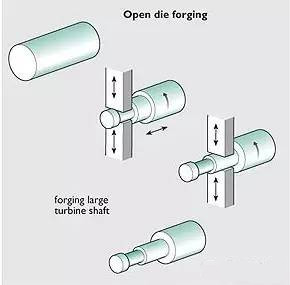
Closed-die forging, also known as impression-die forging, typically involves a process where the gap between the upper and lower dies remains constant during forging. The billet is formed in a die cavity that is closed on all sides, so no lateral flash is produced. Any small amount of excess material forms a longitudinal flash, which is removed in subsequent operations.
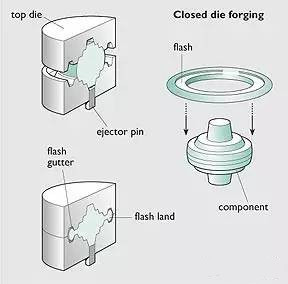
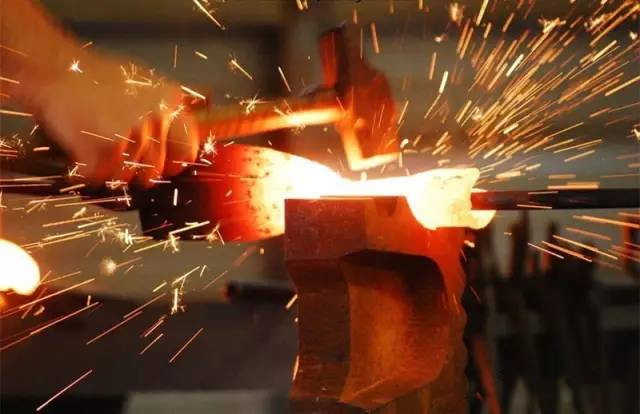
Hammer Forging, or Free Forging, is a process where a heated metal billet is placed between the upper and lower anvil of a forging device. Impact or pressure is applied to cause plastic deformation, resulting in the desired forging. Except for the part of the billet surface that comes into contact with the upper and lower anvils or other auxiliary tools during the forging process, the rest is a free surface, and the deformation is unrestricted, hence the term “free forging.”
Free forging can usually be divided into manual free forging and machine free forging.
Manual free forging mainly relies on human power using simple tools to forge the billet, thereby changing the shape and size of the billet to obtain the required forging. Manual forging has a low production rate, high labor intensity, and small hammering force.
Machine free forging mainly relies on specialized free forging equipment and tools to forge the billet, changing the shape and size of the billet to obtain the required forging.
More Article

Focus on manufacturing special steel cast and forged
components for more than 25 years.